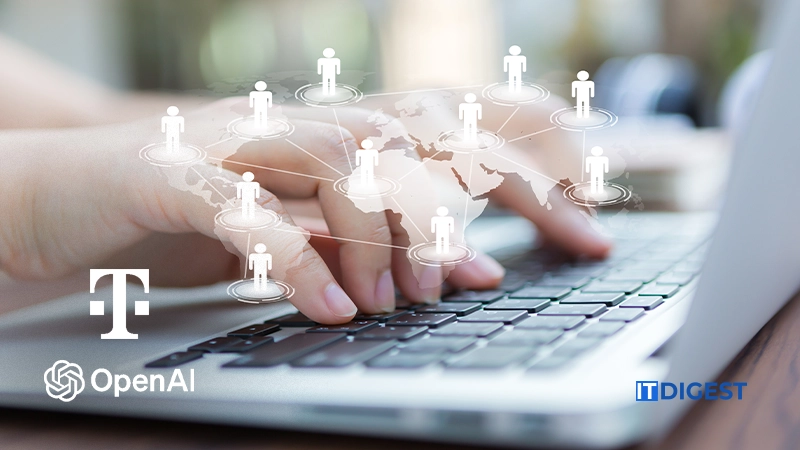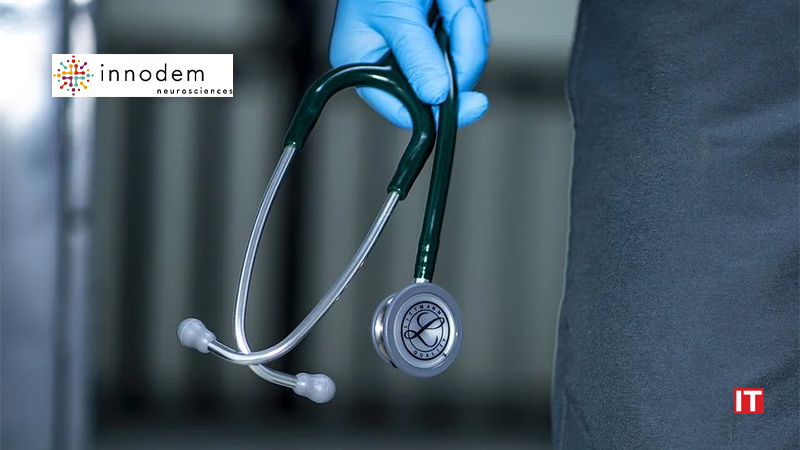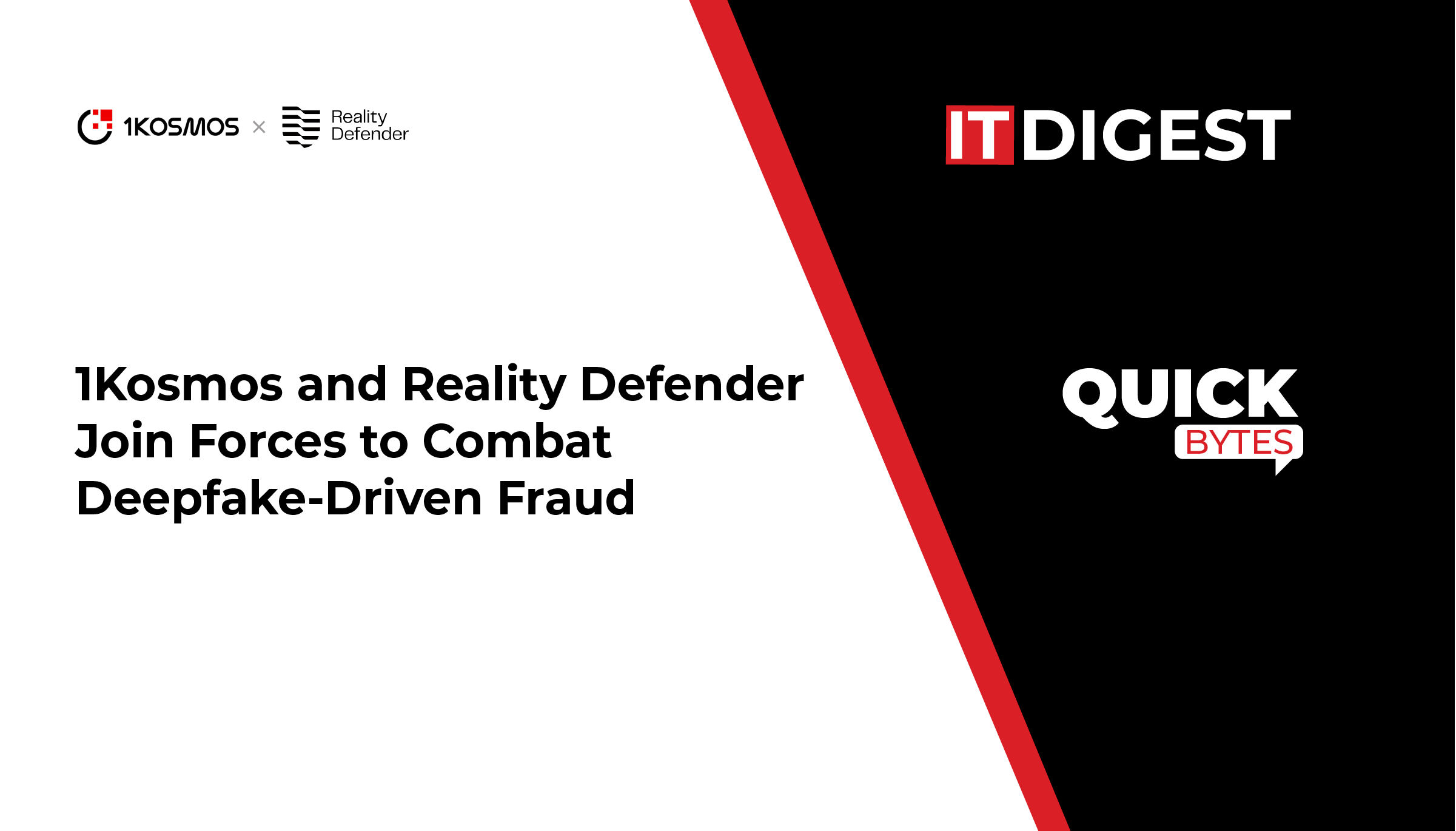Innodem Neurosciences, a leading provider of innovation and technology for the convergence of neurosciences, digital health, pharmaceutical and artificial intelligence, is proud to announce that its novel mobile eye tracking technology for people living with multiple sclerosis has been granted “Breakthrough Device” designation by the U.S. Food & Drug Administration.
The proposed indication of use includes: “The Eye-Tracking Neurological Assessment for Multiple Sclerosis (ETNA™ for MS) is intended to record eye movements for use in estimating disease severity in Multiple Sclerosis (MS) patients, which will aid clinicians to track disease progression. The intended patient population are all individuals having already received a diagnosis of MS, irrespective of MS subtype (relapsing-remitting (RRMS), secondary- progressive (SPMS), primary-progressive (PPMS), and progressive-relapsing (PRMS)), who present with oculomotor symptoms or signs.”
Also Read: Deloitte Teams With Indian Institute of Technology,
Innodem’s patented mobile software technology is embodied in an intuitive application that turns an off-the-shelf electronic tablet into a polyvalent and precise device that captures Eye Movement Biomarkers (EMBs) and Gaze Mapping Biomarkers (GMBs) in minutes remotely informing clinicians about MS disease status and progression to adjust treatment and improve patient outcomes.
“Eye tracking technology has been around for decades, and the literature demonstrates that eye movements can serve as powerful markers of brain health, particularly in MS. However, this technology was complex to use, expensive, and the data collected did not allow clinicians to benefit from it for their patients. EMBs/GMBs can detect subtle changes in motor and cognitive function found in MS progression but difficult or impossible to quantify during routine neurological exams or with conventional brain imaging (MRI). Up until now, with current standard of care in MS, several years are usually required before clinicians confidently establish the presence of disease progression. With regular, more frequent quantitative monitoring of MS disease status expressed as indices of motor and cognitive function, including patient estimates on the well-established clinical scale EDSS, clinicians can adjust or initiate appropriate therapy to preserve the brain of their patients” said Dr. Étienne de Villers-Sidani, cognitive neurologist, main founder, and CEO of Innodem.
“The interesting thing with the convergence of neurosciences, digital health, pharmaceutical and artificial intelligence device applications is that the more data we obtain, the more accurate Software-as-a Medical Device algorithms become at detecting and tracking the presence and progression of these various devastating neurological conditions,” added Tim Marjenin, Vice President, Head of Neurology Regulatory Affairs at MCRA

































